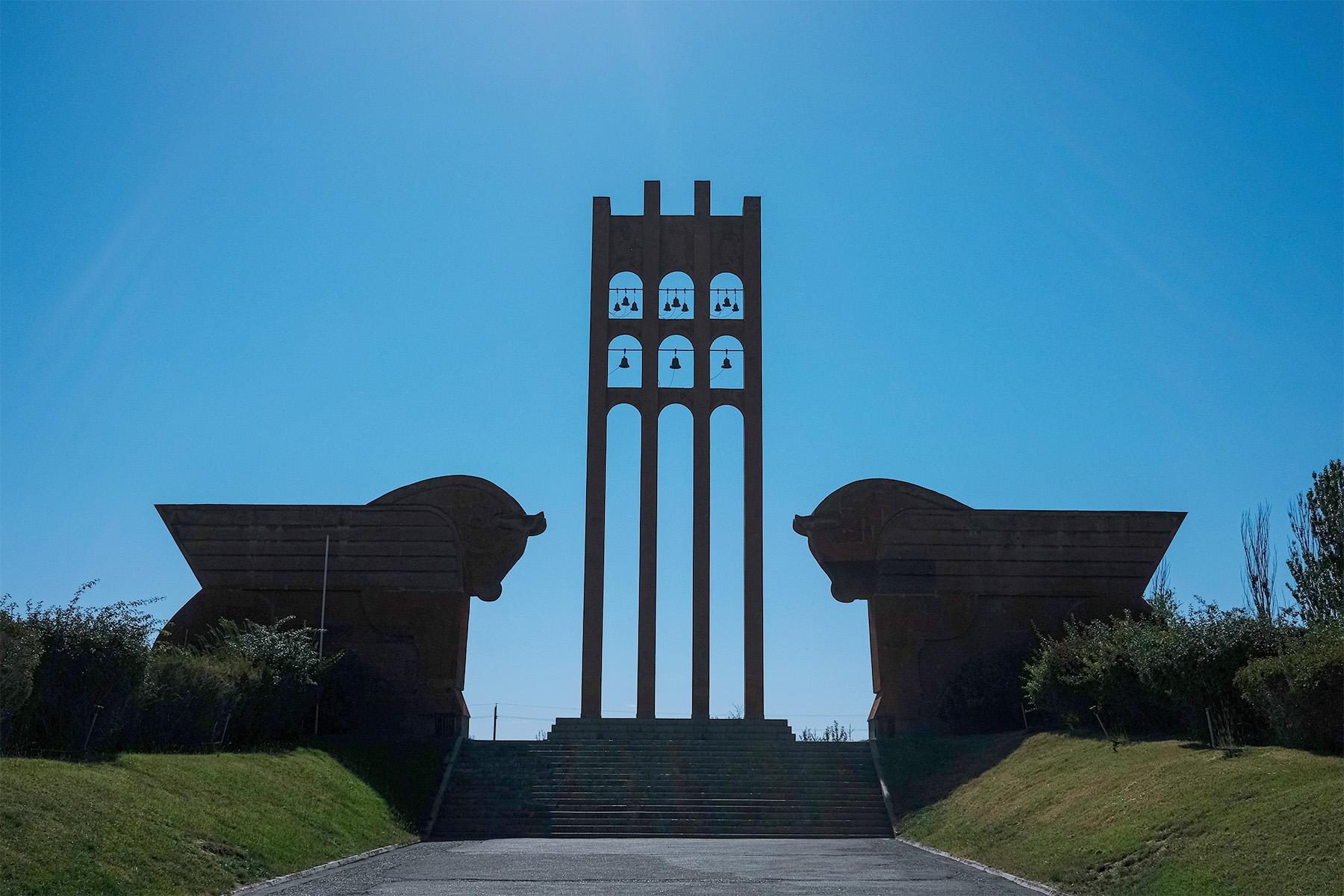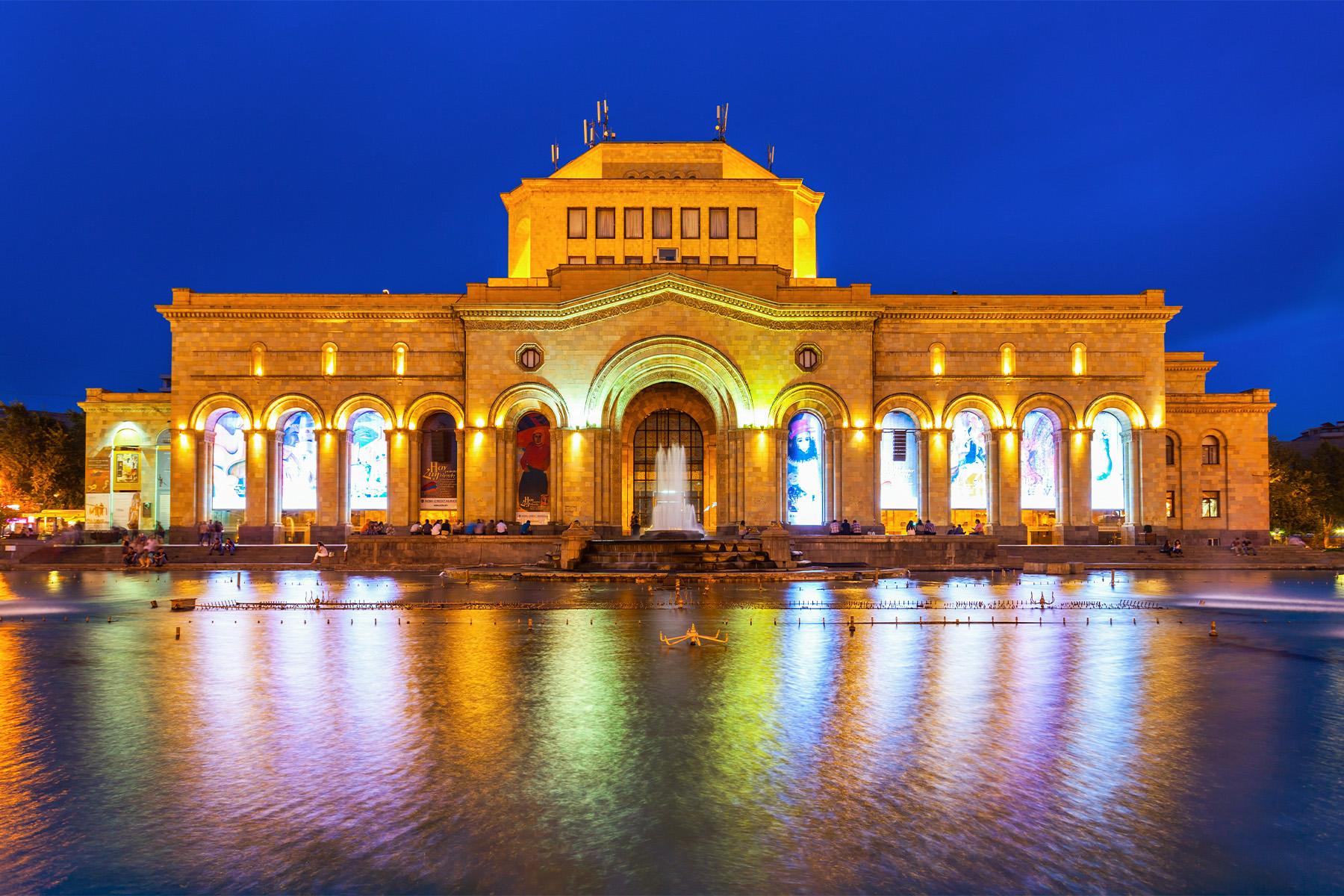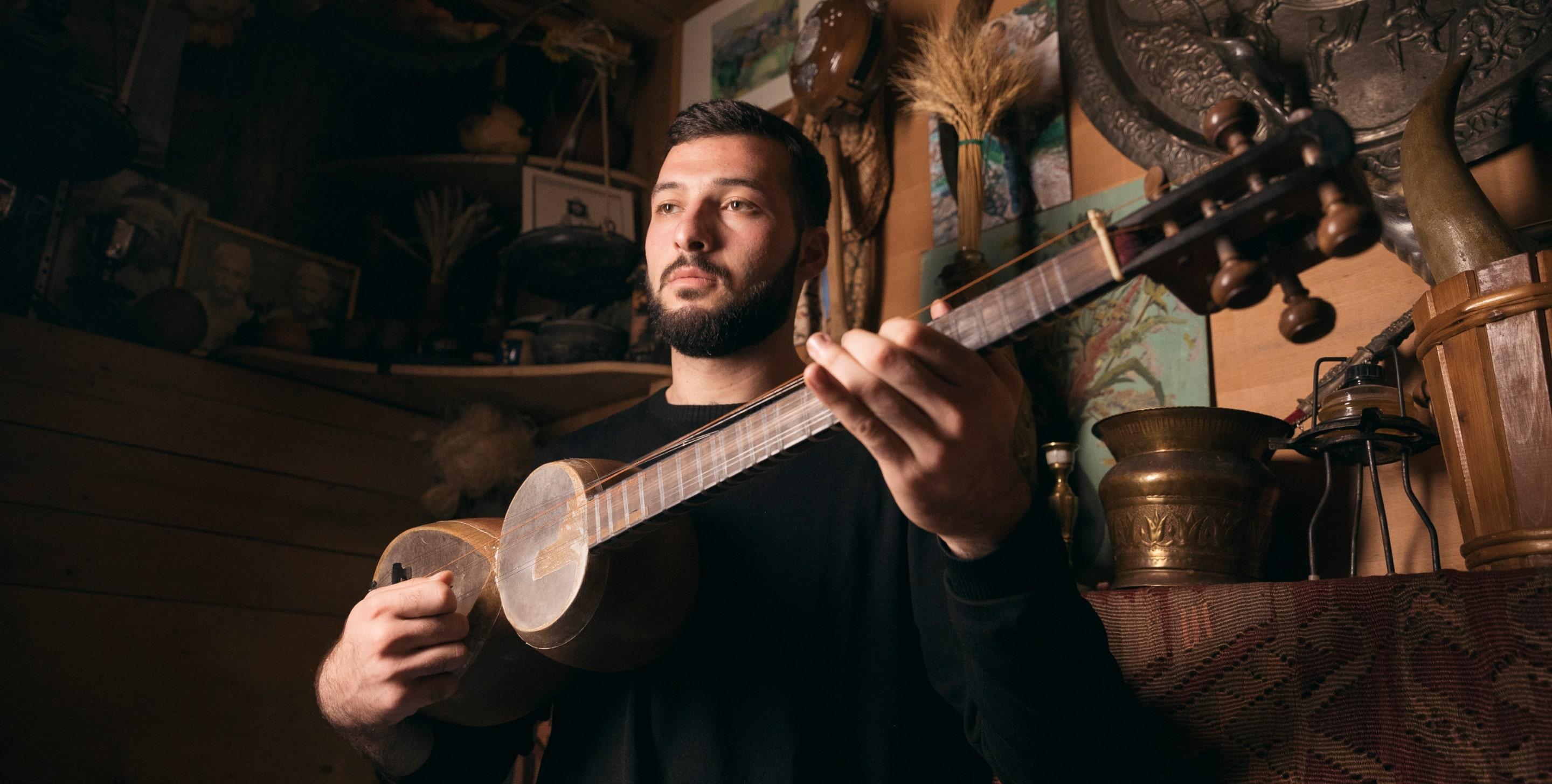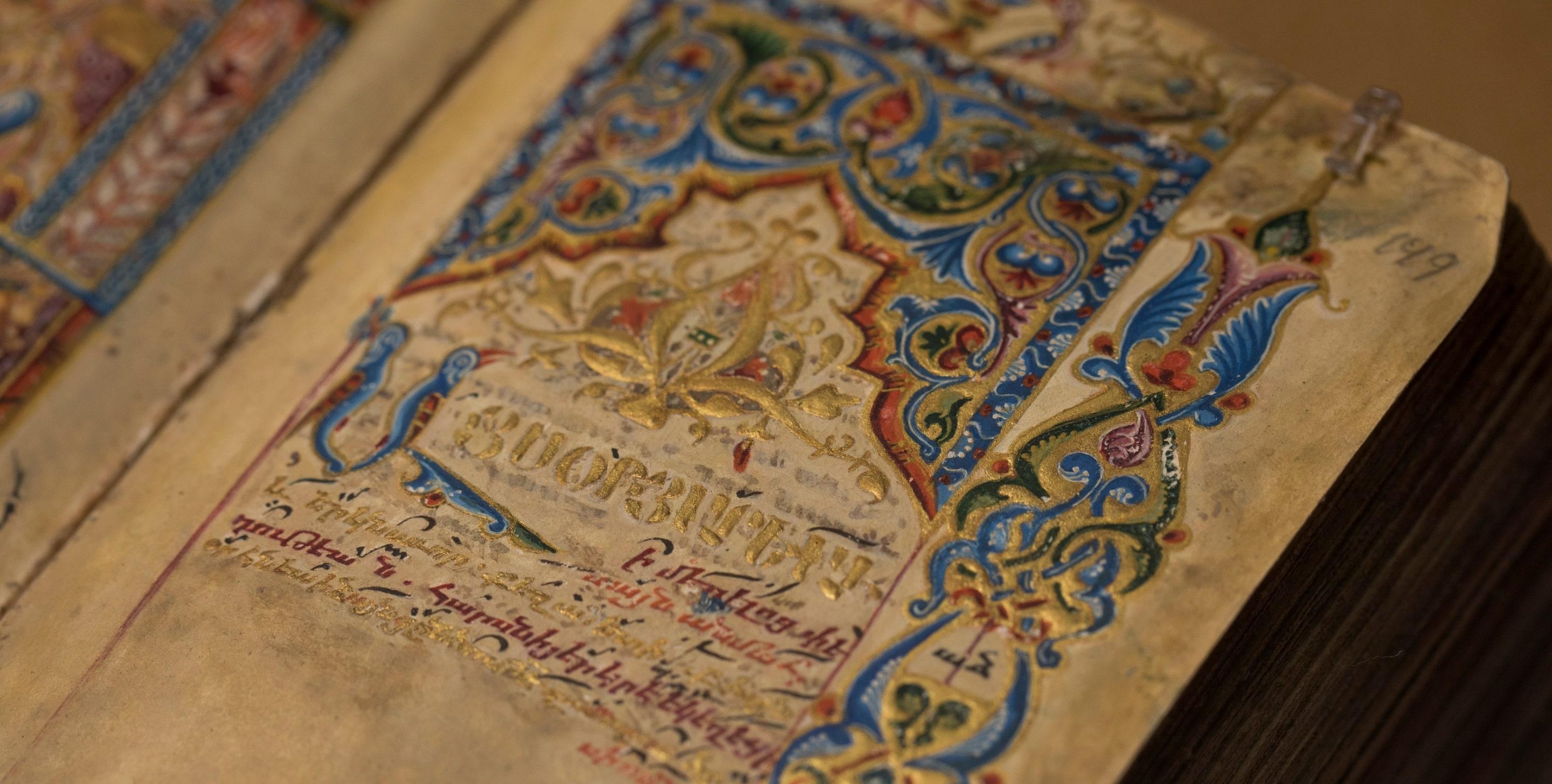
About Armenia
History

HistoryHistoryHistoryHistory
HistoryHistoryHistoryHistory
HistoryHistoryHistoryHistory
HistoryHistoryHistoryHistory
Armenian history is brimming with life-changing events and national achievements. To learn about the remarkable path of this country, visit the History Museum when in Yerevan. But first, go over the main highlights of Armenian history below to get some insights about this small but mighty nation.
The Beginning
“Who are we?” and “Where do we come from?” are humankind's biggest questions. Armenians had also contemplated the nation's beginnings throughout the ages and tried to find answers to these questions.

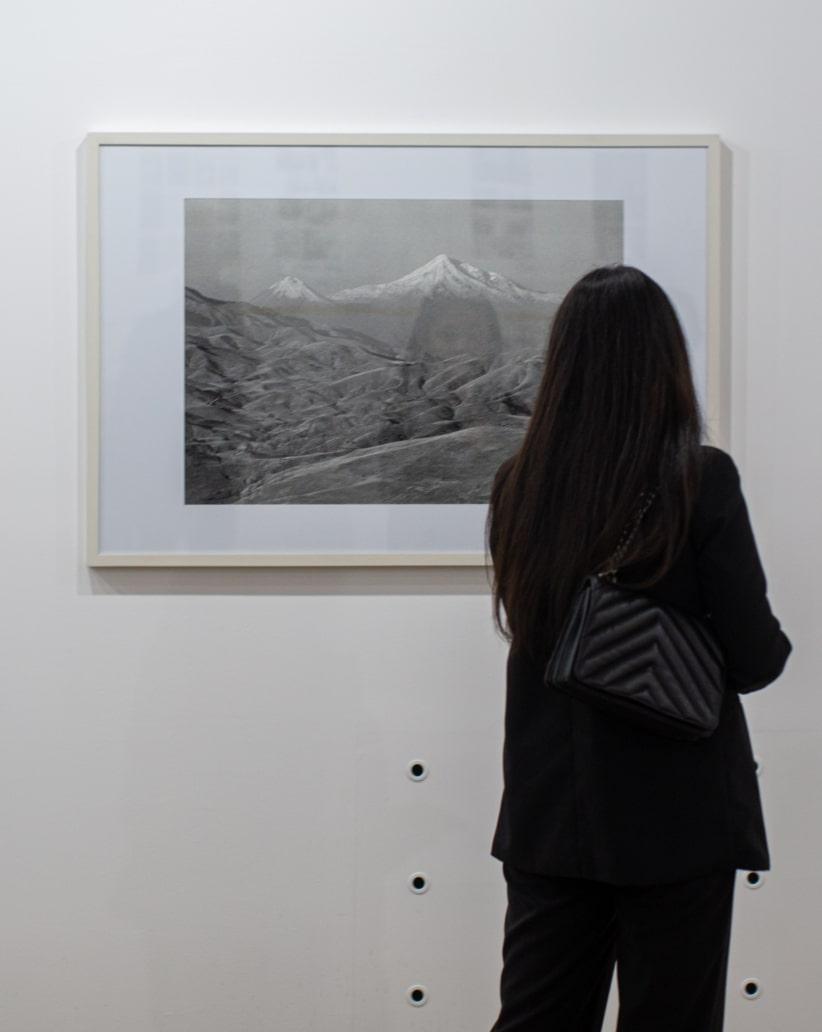
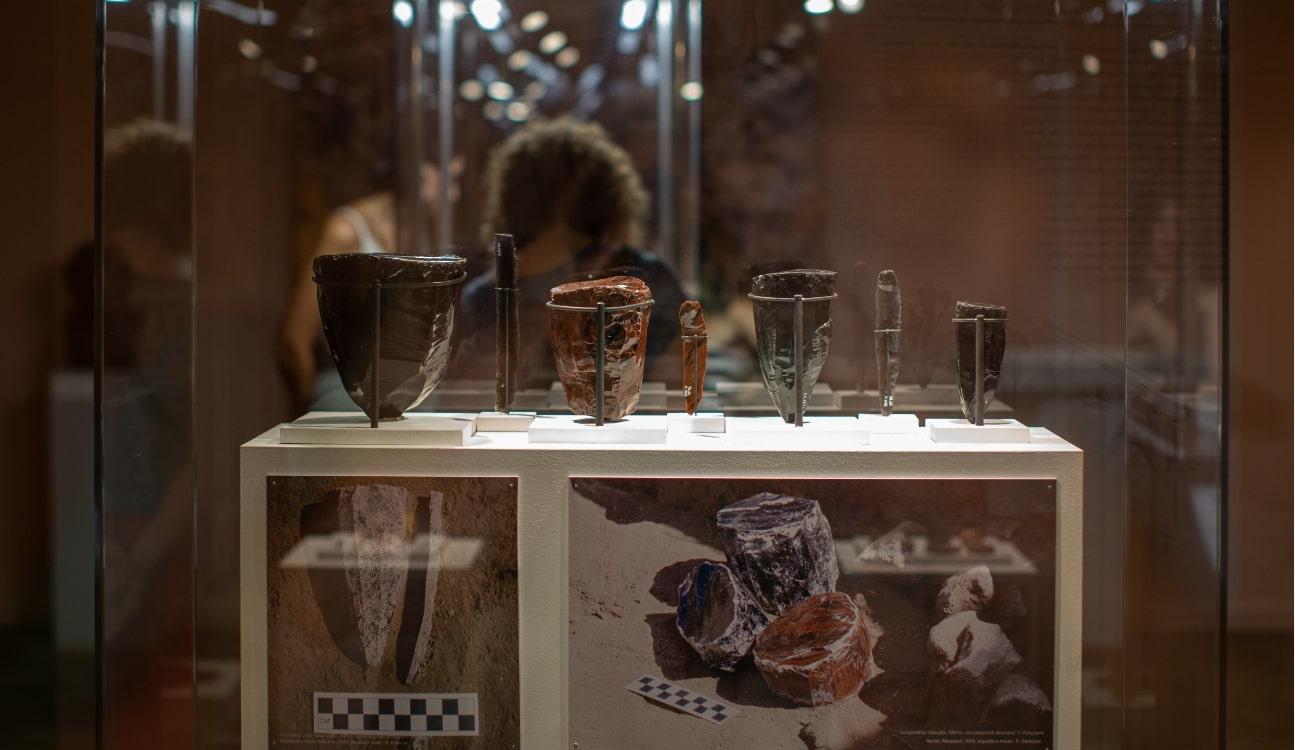
Classical PeriodClassical PeriodClassical PeriodClassical Period
Classical PeriodClassical PeriodClassical PeriodClassical Period
Classical PeriodClassical PeriodClassical PeriodClassical Period
Classical PeriodClassical PeriodClassical PeriodClassical Period
One of the historically authentic periods in Armenian history is the classical era or Armenian Hellenism. From the third century BC to the third century AD, Armenian culture and architecture flourished along with religious development.
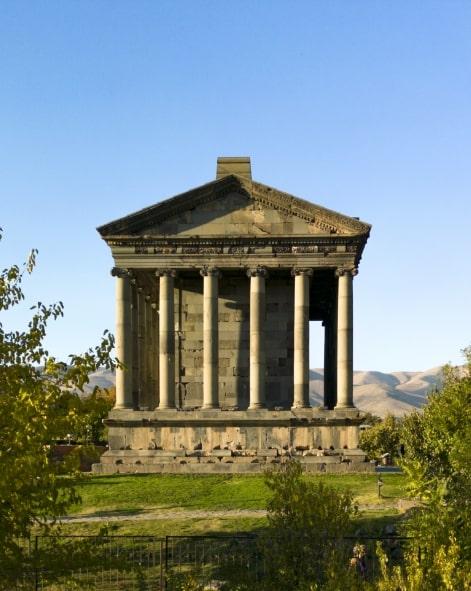
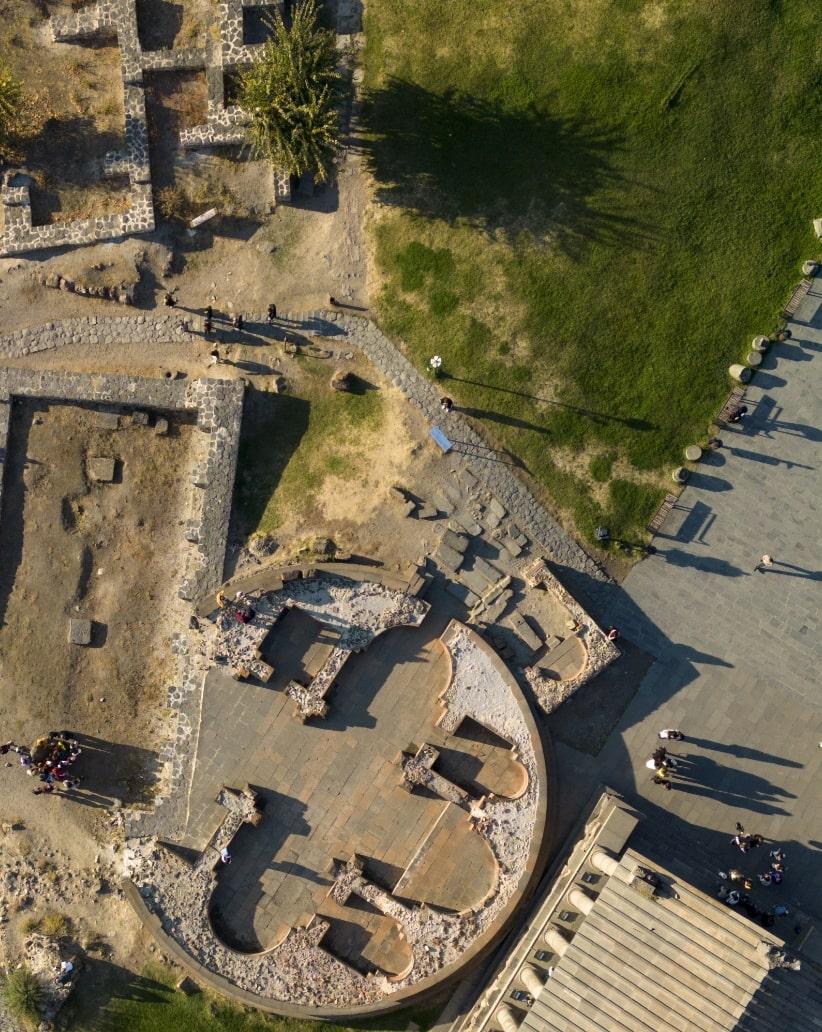
The classical period also enriched the Armenian pantheon of Gods and Goddesses. The pagan deities were reverently honored in the temples constructed during this time.
For instance, the ancient city of Artashat had a temple devoted to the goddess of fertility and wisdom, Anahit, while the Garni temple was dedicated to the god of the sun, Mihr. To claim that Armenia's classical era had a substantial influence on its culture and history is an understatement.
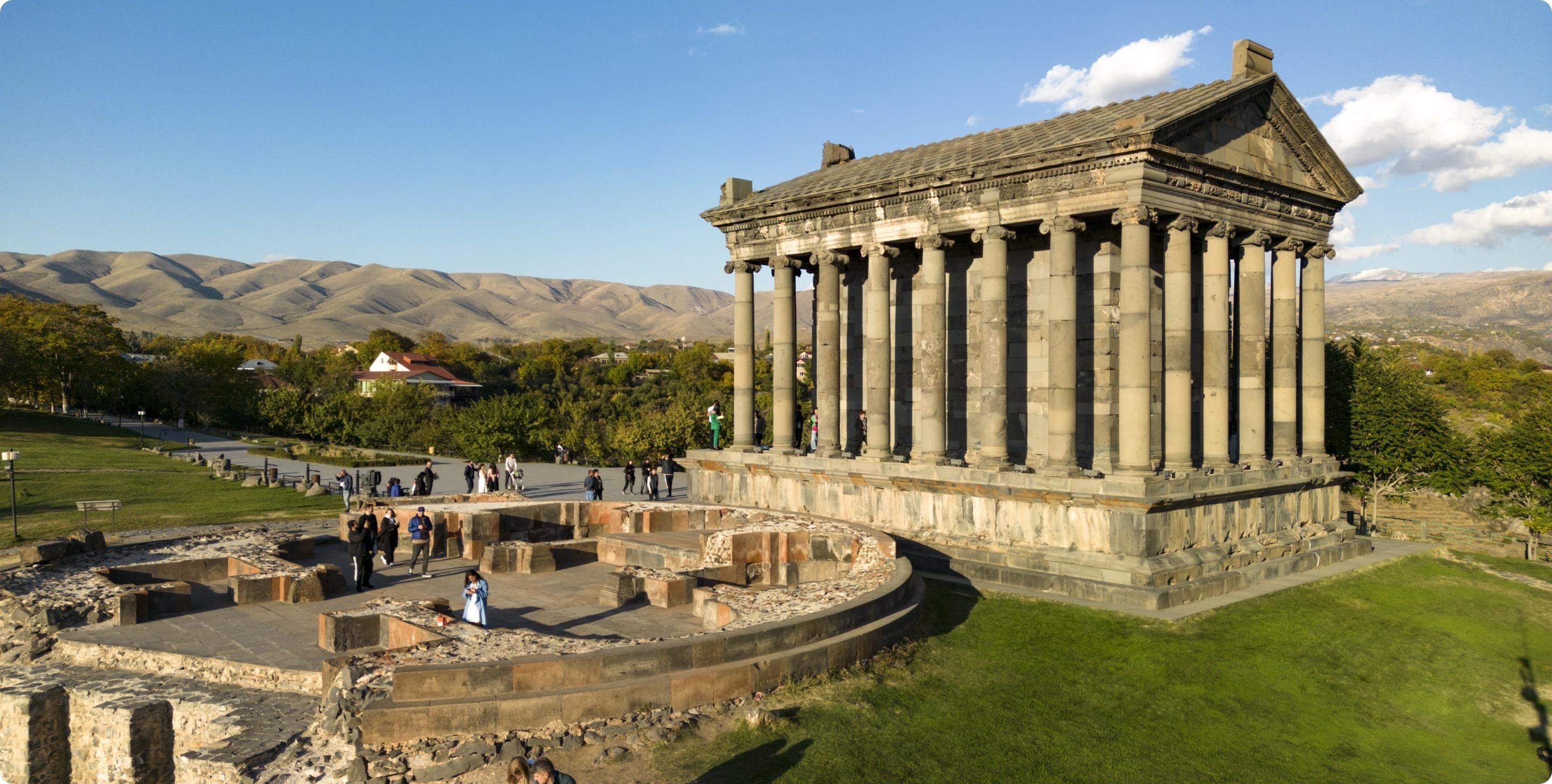

Christian EraChristian EraChristian EraChristian Era
Christian EraChristian EraChristian EraChristian Era
Christian EraChristian EraChristian EraChristian Era
Christian EraChristian EraChristian EraChristian Era
The most significant periods in Armenian history are the fourth and fifth centuries AD. Three crucial events significantly shaped the Armenian nation during these ages. Keep this in mind when you get a glimpse of Grigor Khanjyan’s painting at Cascade Complex in Yerevan, portraying these three important events.
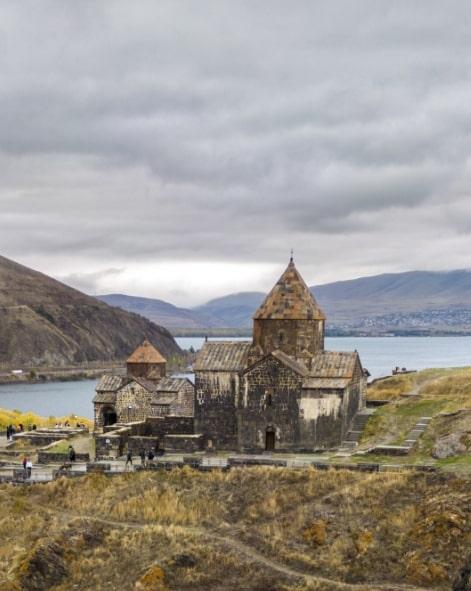

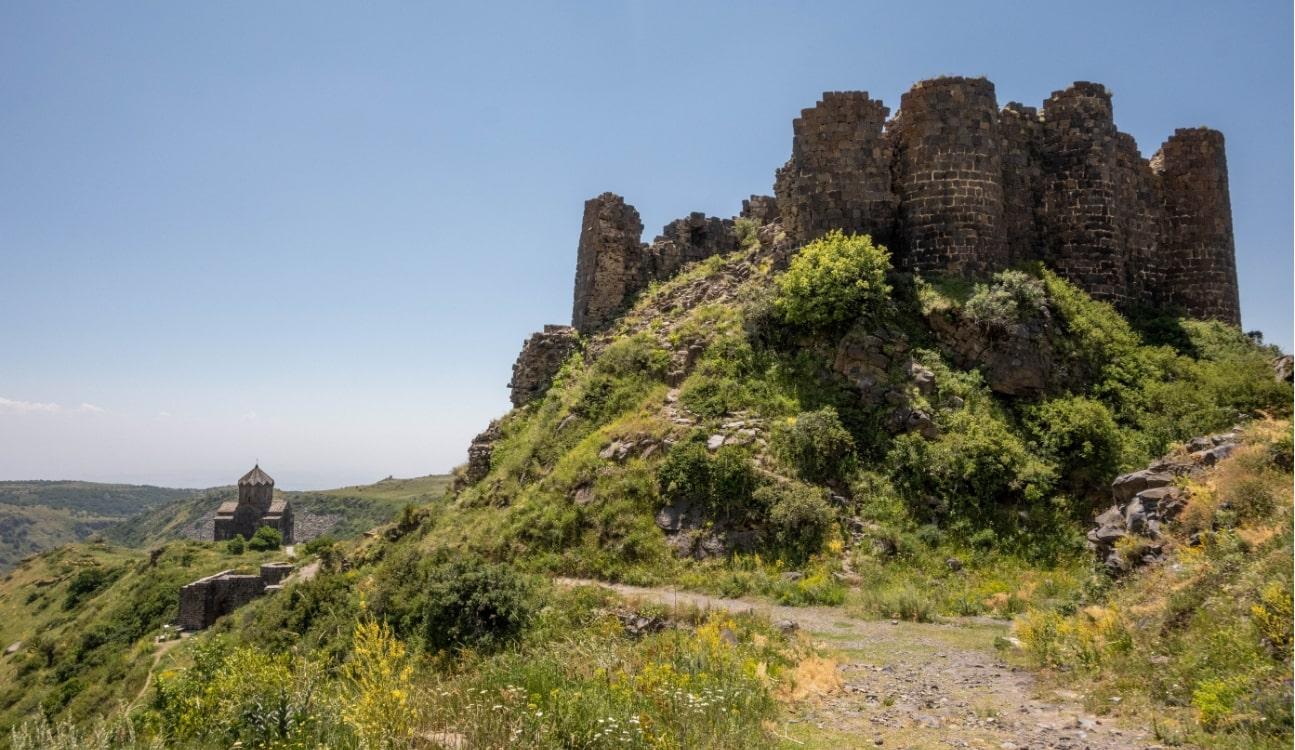
Middle AgesMiddle AgesMiddle AgesMiddle Ages
Middle AgesMiddle AgesMiddle AgesMiddle Ages
Middle AgesMiddle AgesMiddle AgesMiddle Ages
Middle AgesMiddle AgesMiddle AgesMiddle Ages
The art of writing, translation, and the complete educational system was developed in the centuries following the creation of the Armenian Alphabet, progressing into the 14th and 15th centuries.

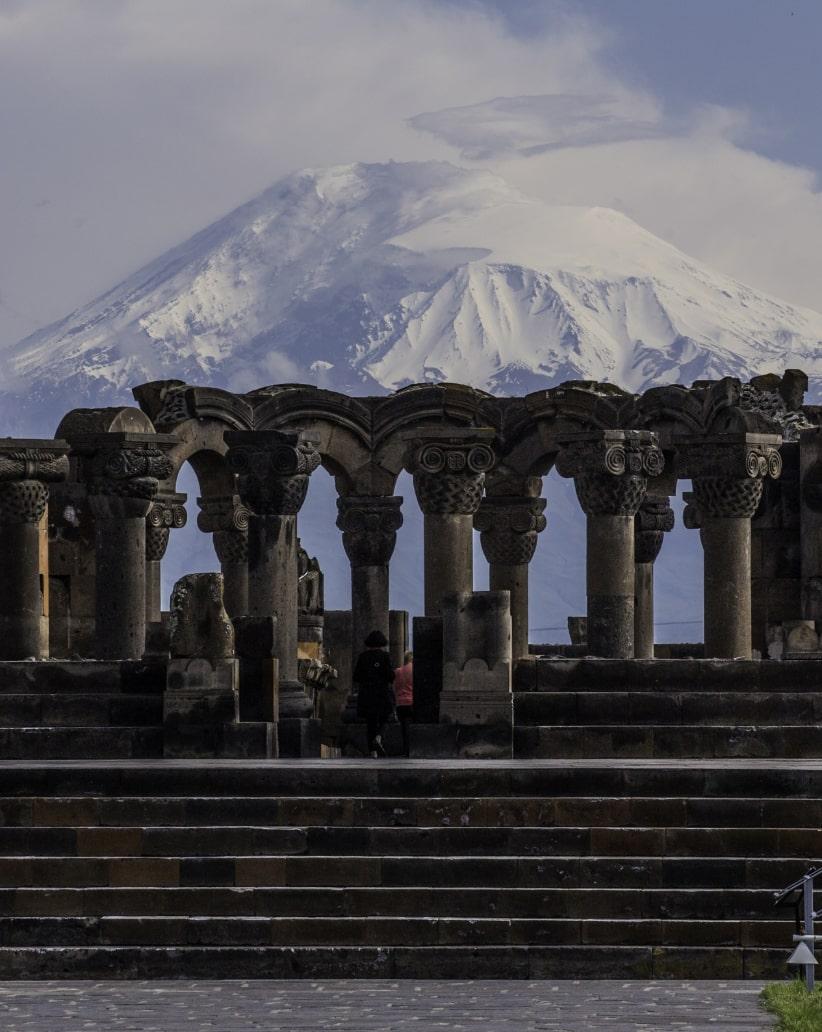

The 20th CenturyThe 20th CenturyThe 20th CenturyThe 20th Century
The 20th CenturyThe 20th CenturyThe 20th CenturyThe 20th Century
The 20th CenturyThe 20th CenturyThe 20th CenturyThe 20th Century
The 20th CenturyThe 20th CenturyThe 20th CenturyThe 20th Century
For Armenians, the 20th century marks a new age of socioeconomic, cultural, and architectural advancements.

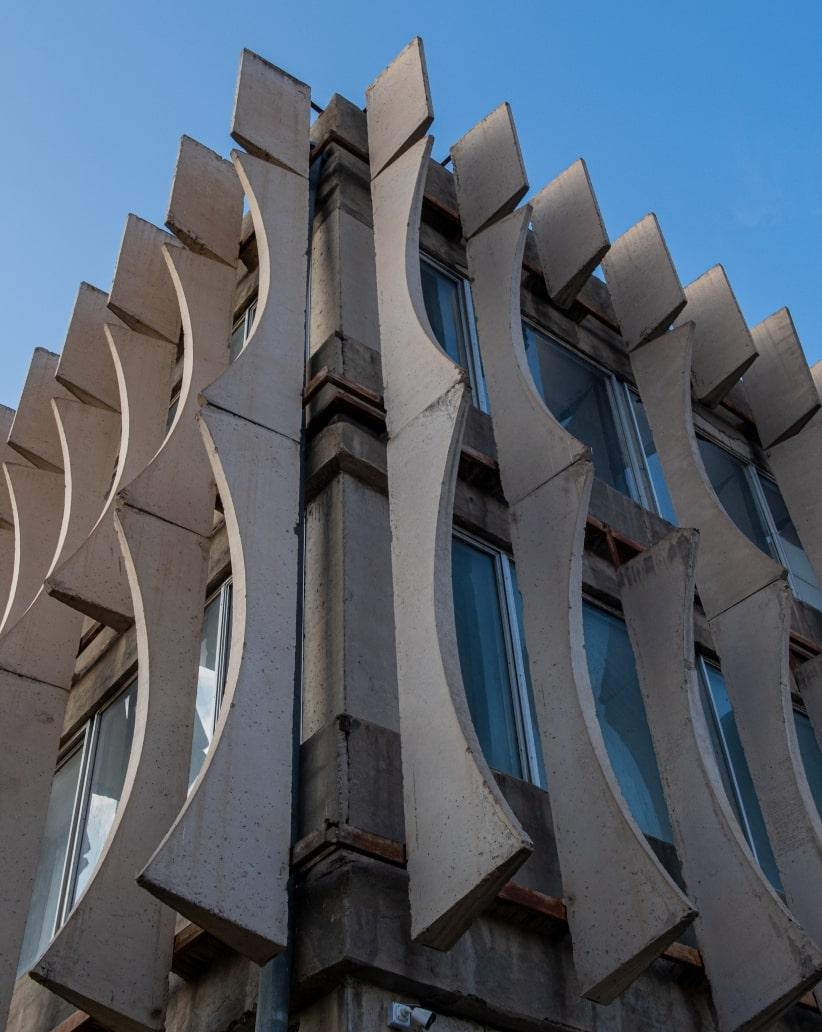
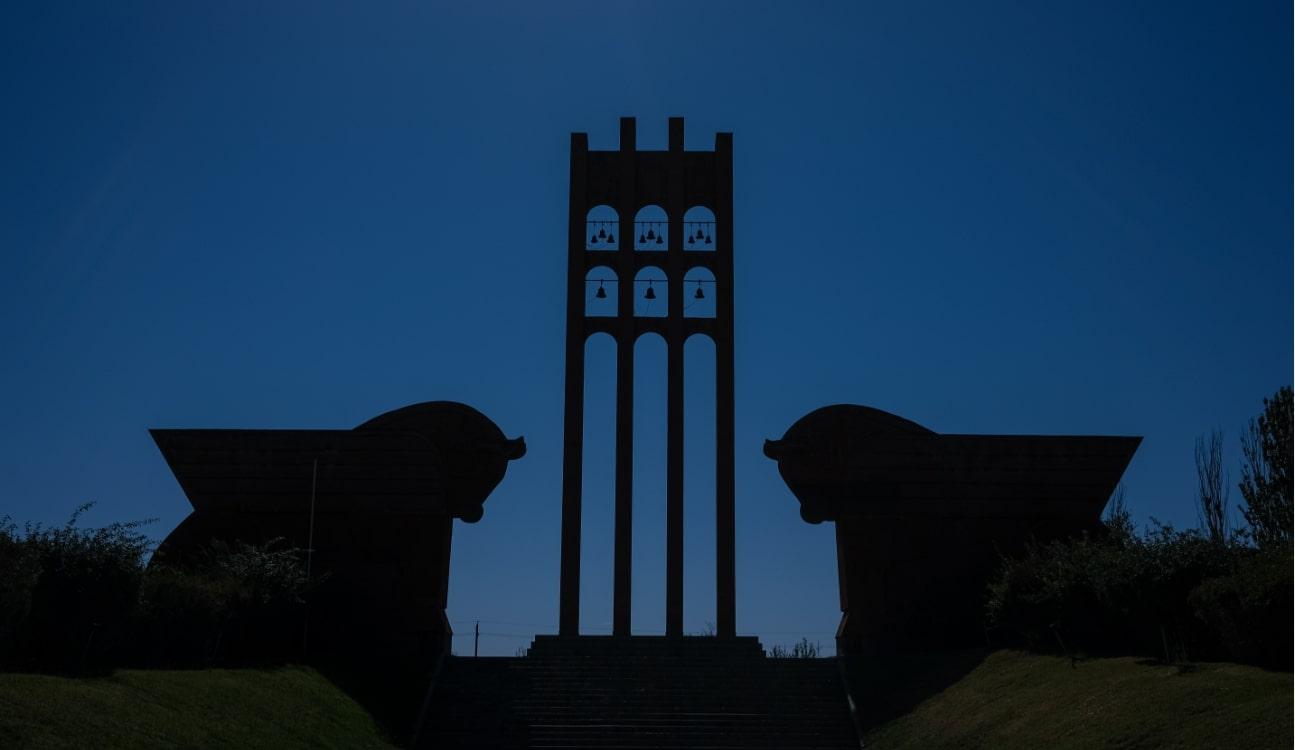
Independent ArmeniaIndependent ArmeniaIndependent ArmeniaIndependent Armenia
Independent ArmeniaIndependent ArmeniaIndependent ArmeniaIndependent Armenia
Independent ArmeniaIndependent ArmeniaIndependent ArmeniaIndependent Armenia
Independent ArmeniaIndependent ArmeniaIndependent ArmeniaIndependent Armenia
Founded in 1991, the Republic of Armenia went through a long and challenging path.
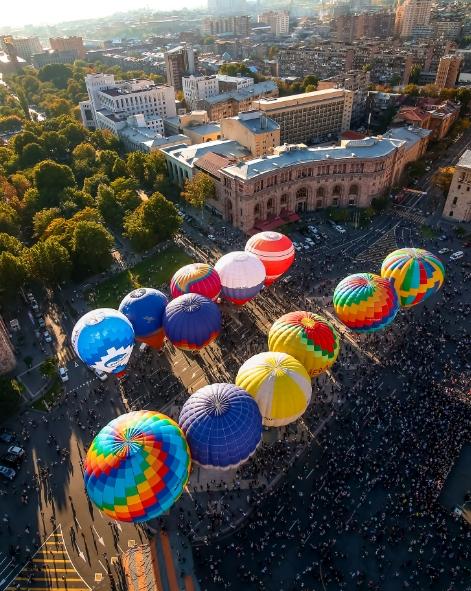
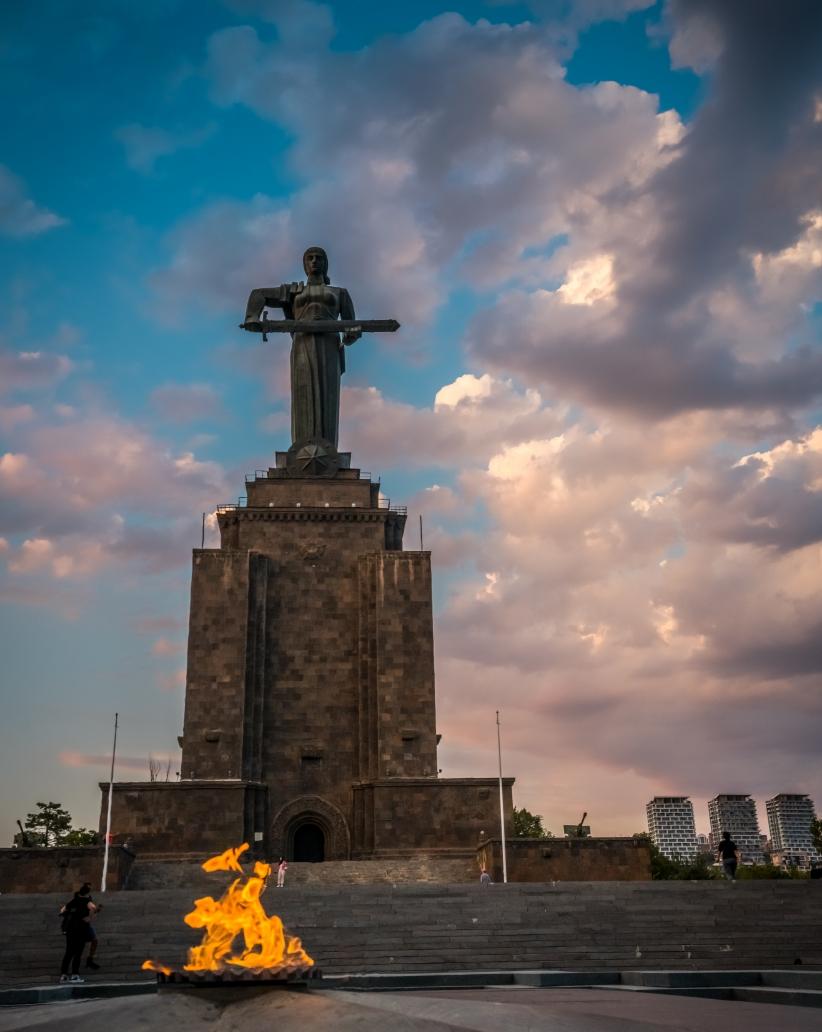
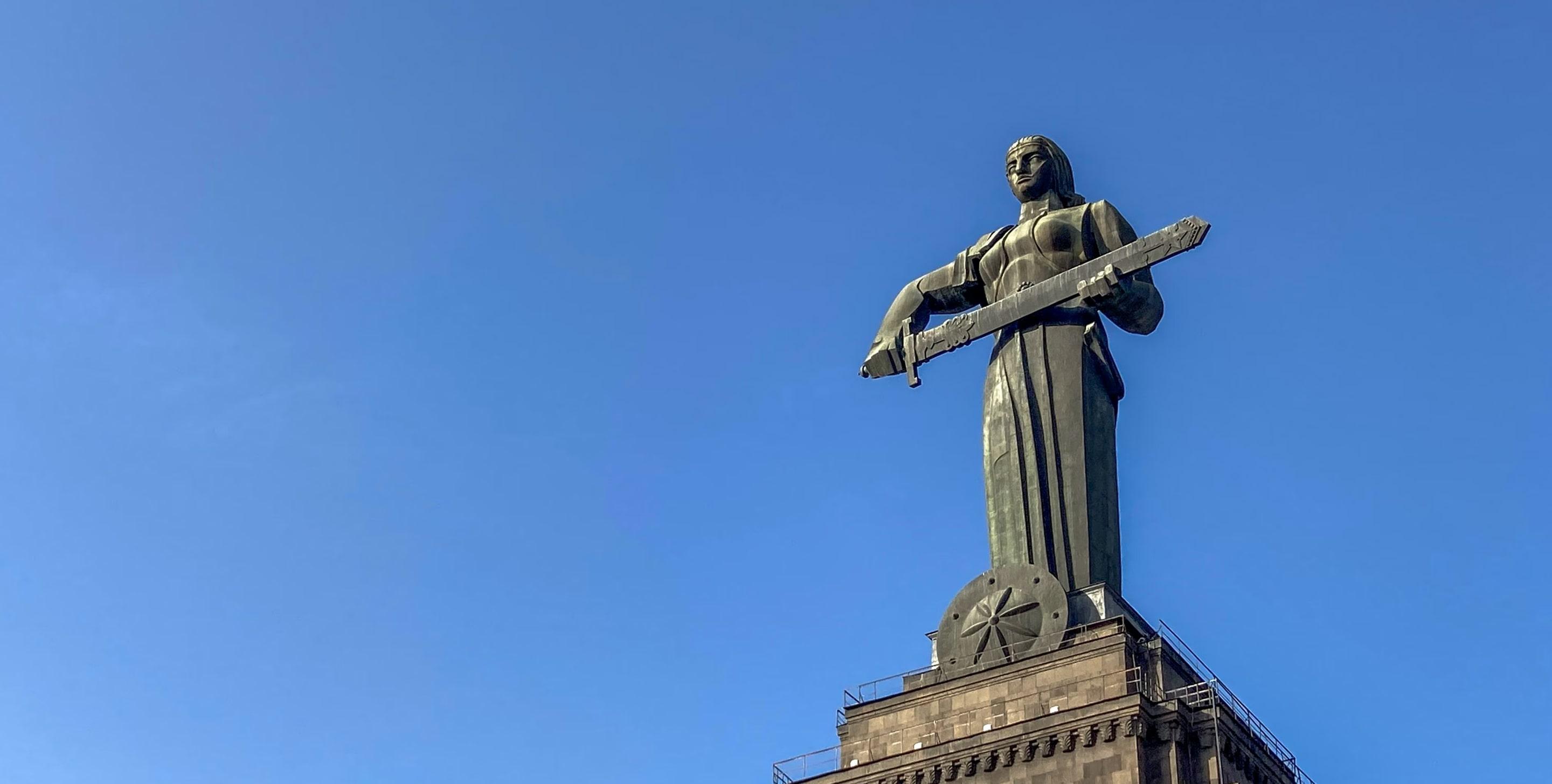
Upcoming events and festivals
